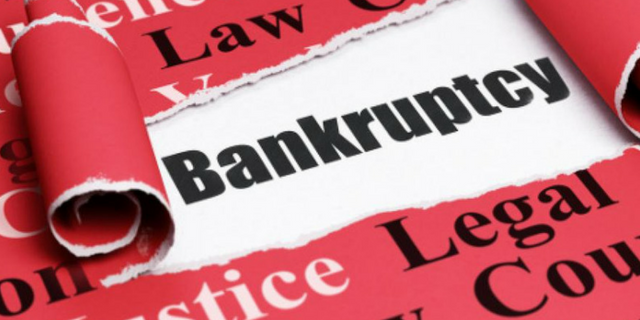Comprehending Bankruptcy
Insolvency provides a specific or business a chance to begin fresh by flexible financial obligations that just can not be paid while providing creditors a chance to get some step of repayment based upon the individual's or company's assets available for liquidation. In theory, the capability to file for insolvency advantages the total economy by permitting individuals and companies a second opportunity to get to credit and by providing lenders with a portion of financial obligation payment. Upon the successful conclusion of insolvency procedures, the debtor is eased of the financial obligation commitments that were sustained prior to applying for insolvency.
All insolvency cases in the United States are dealt with through federal courts. Any choices in federal insolvency cases are made by a personal bankruptcy judge, consisting of whether a debtor is qualified to file and whether they ought to be discharged of their debts. Administration over bankruptcy cases is often managed by a trustee, an officer selected by the United States Trustee Program of the Department of Justice, to represent the debtor's estate in the case. There is normally extremely little direct contact between the debtor and the judge unless there is some objection made in the event by a financial institution.
Kinds Of Insolvency Filings
Bankruptcy filings in the United States fall under among several chapters of the Insolvency Code, including Chapter 7, which involves the liquidation of properties; Chapter 11, which handles company or specific reorganizations; and Chapter 13, which schedules debt repayment with lowered financial obligation covenants or specific payment plans. Personal bankruptcy filing costs vary, depending upon the type of personal bankruptcy, the complexity of the case, and other factors.
Chapter 7 Personal bankruptcy

Individuals-- and in some cases services, with few or no properties-- generally submit Chapter 7 insolvency. It enables them to dispose of their unsecured financial obligations, such as credit card balances and medical expenses. Those with nonexempt assets, such as family heirlooms (collections with high appraisals, such as coin or stamp collections); second houses; and cash, stocks, or bonds need to liquidate the property to pay back some or all of their unsecured debts. A person filing Chapter 7 insolvency is essentially offering off their properties to clear their financial obligation. People who have no important assets and only exempt home-- such as household products, clothing, tools for their trades, and a personal vehicle worth approximately a specific worth-- may end up paying back no part of their unsecured debt.
Chapter 11 Bankruptcy
Businesses frequently submit Chapter 11 personal bankruptcy, the goal of which is to rearrange, remain in service, and once again end up being lucrative. Submitting Chapter 11 bankruptcy permits a business to produce plans for success, cut expenses, and find brand-new ways to increase income. Their chosen investors, if any, may still get payments, though common stockholders will not.
For instance, a housekeeping service filing Chapter 11 bankruptcy may increase its rates slightly and use more services to become successful. Chapter 11 insolvency permits business to continue conducting its service activities without disturbance while working on a financial obligation payment plan under the court's supervision. In unusual cases, individuals can also file Chapter 11 bankruptcy.
Chapter 13 Personal bankruptcy
People who make excessive money to get approved for Chapter 7 bankruptcy may submit under Chapter 13, likewise referred to as a wage earner's plan. It allows people-- along with organisations, with constant income-- to create practical financial obligation repayment plans. The payment plans are typically in installments throughout a three- to five-year period. In exchange for repaying their financial institutions, the courts permit these debtors to keep all of their home, including otherwise nonexempt home.
Other Insolvency Filings
While Chapter 7, Chapter 11, and Chapter 13 are the most typical insolvency proceedings, specifically as Check over here far as individuals are concerned, the law likewise offers for several other types: